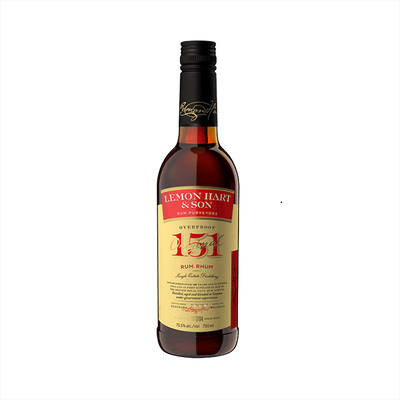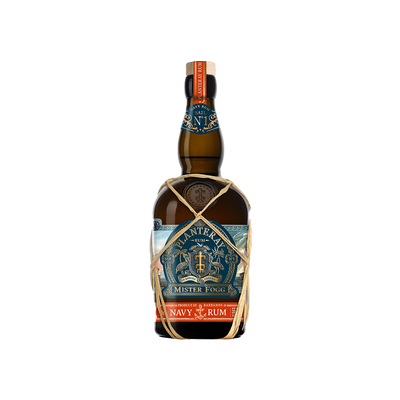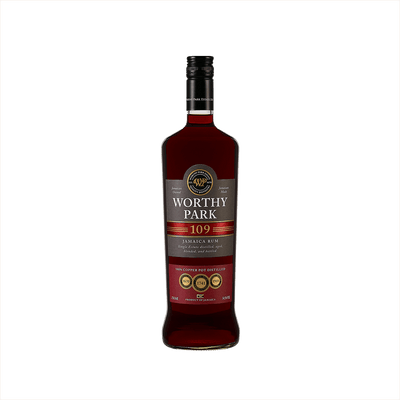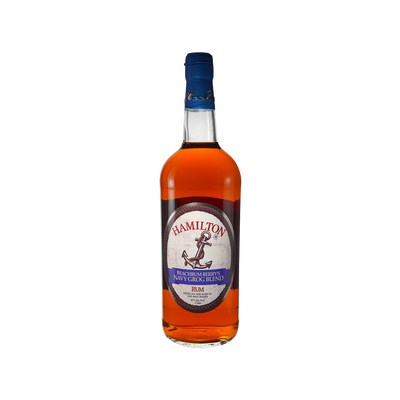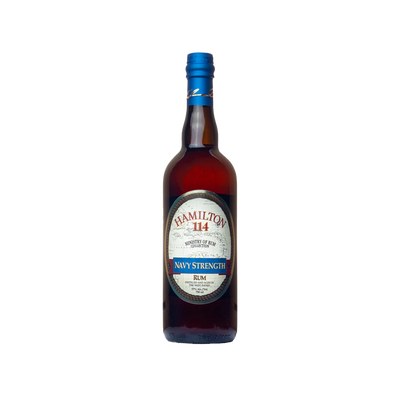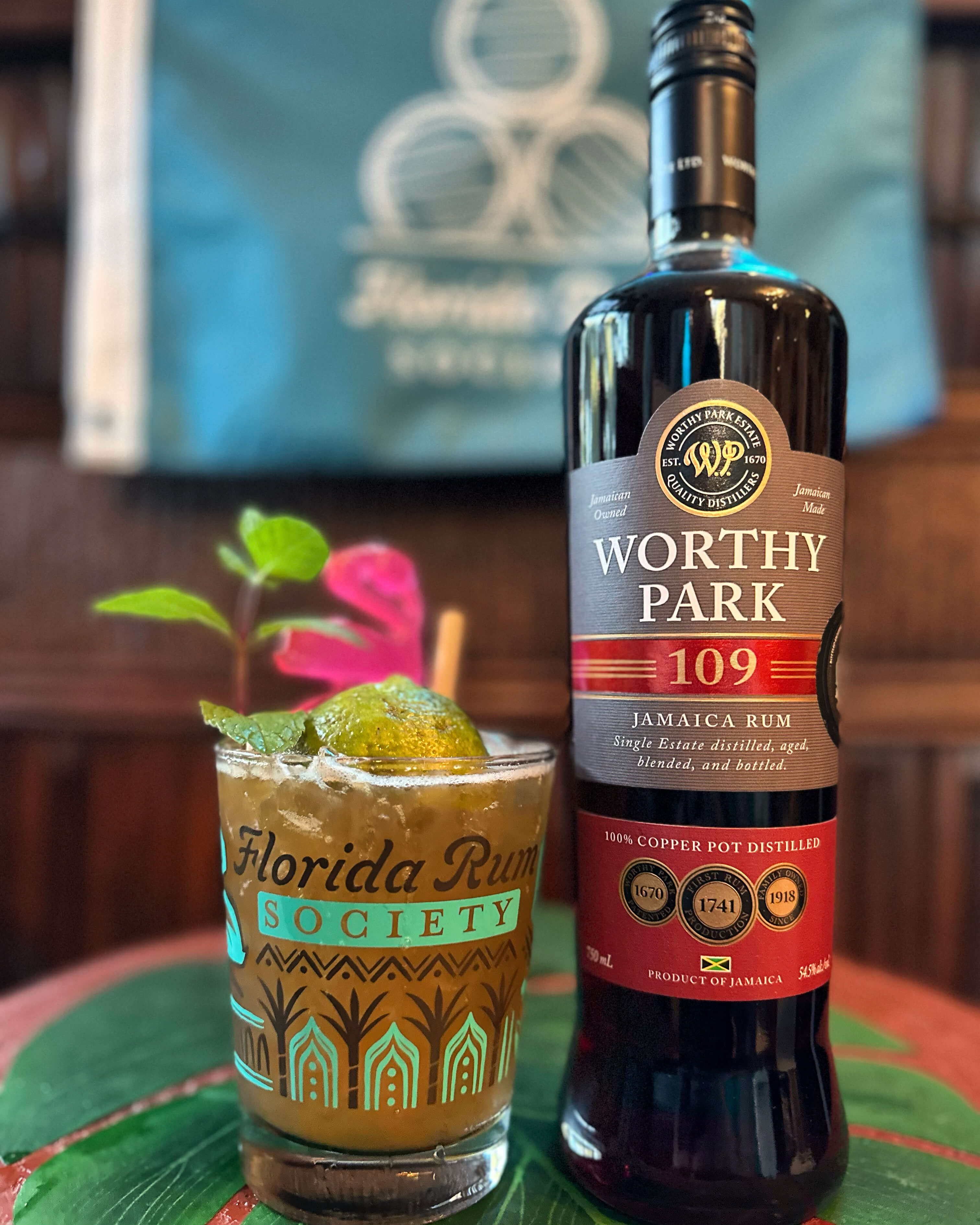Navy Rum
What is Navy Rum?
Navy Rum is a distinctive category of Other Rum that traces its roots to the British Royal Navy's daily rum rations, which were distributed to sailors from the 17th century until 1970. These rums are traditionally bottled at higher proof—typically around 57% ABV or 100 proof—because this was the strength needed to prove the rum hadn't been watered down (gunpowder would still ignite when mixed with rum at this strength). What defines Navy Rum today is its bold, full-bodied character and higher alcohol content, often featuring rich, spiced flavors that can stand up to mixing while delivering the robust intensity that made these spirits legendary among seafaring crews.
Learn More About Navy Rum
What makes Navy Rum unique?
Navy rum stands apart from other rums through its higher proof—traditionally bottled at 57% ABV (100 proof) or higher—which allowed it to survive long sea voyages without spoiling and proved the rum hadn't been watered down when gunpowder soaked in it would still ignite. These rums were specifically blended for the British Royal Navy's daily rations, creating robust, full-bodied spirits that could withstand months at sea while maintaining their potency and flavor. The category maintains its maritime heritage today with bold, concentrated flavors that pack serious punch compared to standard 40% ABV rums, making them perfect for classic tiki cocktails where their strength won't get lost among multiple ingredients.
How is Navy Rum made?
Navy rum starts with molasses or sugarcane juice that's fermented and distilled, typically in copper pot stills or column stills depending on the producer's style preferences. The magic happens during aging, where the rum spends years in oak barrels—often former bourbon or sherry casks—developing the rich, complex flavors that made it the sailor's favorite. Many navy rums are blends of different ages and distillation methods, with master blenders combining various rums to achieve that distinctive full-bodied character and higher proof that could withstand long ocean voyages.
How do you drink Navy Rum?
Navy rum shines brightest when sipped neat or over a single large ice cube, allowing its robust character and high proof to unfold slowly on your palate. This bold spirit also excels in classic tiki cocktails like the Painkiller and Dark 'n' Stormy, where its intense flavors can stand up to tropical fruit juices and spicy ginger beer. The rich, warming qualities of navy rum make it perfect for cooler months and cozy evening gatherings, though its association with tropical cocktails means it's equally at home during summer parties and beachside celebrations.
How do I choose good Navy Rum?
When selecting a Navy rum, look for bottles that proudly display their proof—authentic Navy rums typically clock in at 54.5% ABV (109 proof) or higher, reflecting the historical British Navy standard that ensured the rum wouldn't dilute the gunpowder if spilled. For sipping neat or in spirit-forward cocktails like a Painkiller or Navy Grog, opt for well-aged expressions from respected distilleries like Pusser's or Smith & Cross that offer complex spice and molasses notes. If you're mixing tiki drinks or punch bowls where the rum needs to punch through fruit juices and syrups, choose a bold, funky Jamaican Navy-strength rum that won't get lost in the mix.
Nutritional Information
Typical Calorie Range per Ounce: 64-70 calories
Typical Carbohydrate Range per Ounce: 0-0.1 grams
Typical Sugar Range per Ounce: 0-0.1 grams
Typically Gluten Free: Yes
Navy rum, like most distilled spirits, contains virtually no carbohydrates or sugars since these are removed during the distillation process. The calories come primarily from the alcohol content itself. While rum is typically made from sugar cane or molasses rather than gluten-containing grains, production methods can vary between brands. Always check the detailed product information and contact the manufacturer directly to confirm gluten-free status, especially if you have celiac disease or severe gluten sensitivity.
Scrolled this far? Your reward? Navy Rum Trivia!
- The British Royal Navy's daily rum ration wasn't abolished until 1970, making it one of the last militaries on Earth to officially serve alcohol to its troops. July 31st, 1970 became known as "Black Tot Day" – sailors wore black armbands and held mock funerals for their beloved daily tipple. Some veterans still gather annually to toast the memory of their lost ration.
- Navy rum was originally issued at a whopping 54.5% alcohol by volume because this was the proof point where gunpowder would still ignite if accidentally soaked with the spirit. If your rum was "overproof," it meant your gunpowder stores were safe from sabotage – a critical test when your life depended on functional cannons and muskets.
- The famous "splice the mainbrace" order didn't mean what most people think. While sailors assume it meant extra rum rations, it actually referred to one of the most dangerous repair jobs on a sailing ship. The mainbrace was so difficult and perilous to fix that completing the task earned the entire crew an extra tot of rum – making it the ultimate workplace bonus.
- British naval officers diluted their sailors' rum with water not just to prevent drunkenness, but because pure rum would dissolve the wooden water barrels during long voyages. The daily "grog" mixture (named after Admiral Vernon's grogram coat) was actually a practical solution to storage problems that accidentally created one of history's most famous drinks.
- Modern "Navy Strength" rum must hit exactly 57% ABV to earn the designation – but this wasn't the original naval proof. The Royal Navy actually used different strength requirements for different ranks and occasions. Officers got stronger rum, ordinary seamen got weaker, and special ceremonies called for the strongest reserves that could reach 75% ABV.
Higher-proof spirits can be intense. Mix carefully, taste thoughtfully, and enjoy responsibly.
Gift message (optional)

